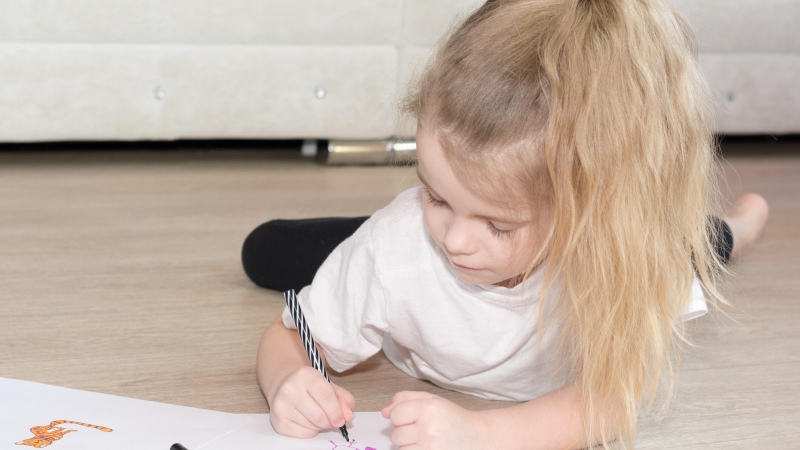How to Make School Fun at Home

During my first year homeschooling, our day went a little like this:
8:00 am Kids play freely while I clean and prepare breakfast.
8:30 am Still haven’t made breakfast because the kids keep asking me to help them with things.
9:00 am Throw breakfast on the table and try to eat breakfast while reading the Bible story for the day. Miraculously, they are listening amid the chaos.
9:30 am Finish Bible and warn that we are moving on to Math.
9:31 am Screaming ensues.
9:32 am I threaten to send them to a bricks-and-mortar school.
9:33 am More screaming.
9:34 am We all take a break from each other and decide that now is not the time for math. We read some books and do a craft until I figure out how to sneak in math.
Many of you may have similar experiences. If not with math, maybe reading or other subjects. Many times I have felt like quitting homeschooling, but each time, I reminded myself why I chose to homeschool in the first place. Instead of quitting, I resolved to come up with ways to make school fun for my kids. I am in no way an expert in homeschooling or children, but I did find some things that have helped my family and I hope it might help yours, too.
This year I borrowed the idea of a morning basket from the Charlotte Mason pedagogy. There are so many ideas for how to use a morning basket, but for us, it is a collection of science and nature books, poetry, or literature related to history or Bible. I also like to do the Saxon math meeting during this time. We start our day with the morning basket and sit in a circle on the floor. The kids choose the books from the basket that they want to read aloud. If I notice the kids are interested in a particular subject, I look for crafts and videos about the subject for a mini unit study that week. It’s a nice way to ease into the school day and get them engaged right away.
I’ve also eased up on a strict schedule. My daughter loves to play with dolls. For the first year of homeschool, I would tell her to “stop playing” so we could do school. That was a mistake. Just putting the words “stop playing” and “school” beside each other gave school a negative connotation. I didn’t want her to feel that way about school, so instead I invited her dolls to join. “Tell your dolls it’s almost time to start school,” I now say. And she gathers her dolls and her dolls books and papers and sets them up in a circle for the morning basket. I call on the dolls, she answers for them. We blur the lines between school and play and there is so much less resistance to learn.
Related to play, my kids really love miniatures things. Rather than give them the Saxon flashcards, I make miniature ones. (They also double as flashcards for their dolls and robots.) On the other hand, sometimes it’s fun to make things ridiculously large. I use poster board instead of regular paper for worksheets or flashcards.
A lot of our struggle with school is because there’s so much writing, and handwriting is not their strong suit. If your child struggles with handwriting or just doesn’t like writing a lot, try doing some worksheets orally. You can’t avoid writing altogether, though, so instead find fun ways of writing like writing with chalk on the sidewalk, water painting on the chalkboard, or my favorite way, drawing with white crayon on white paper and then painting with watercolor over top to reveal a “secret message”.
The most important thing you can do is observe your child to see what interests them and what they struggle with, then try to blend the two. You are their best teacher, no one else knows them like you do, and you do have the power to make learning fun.






